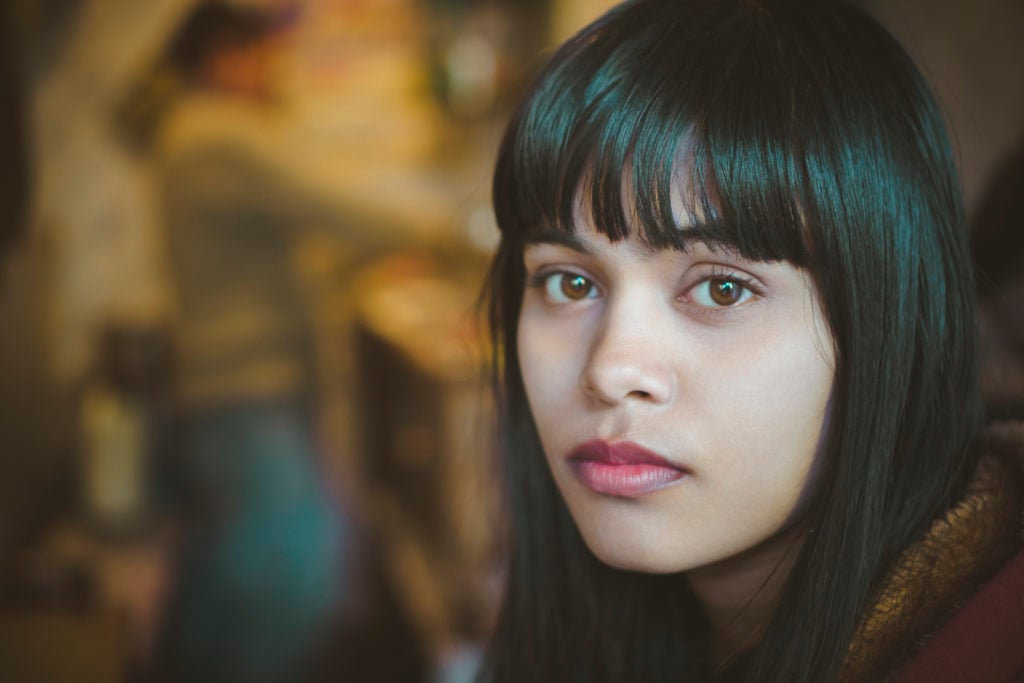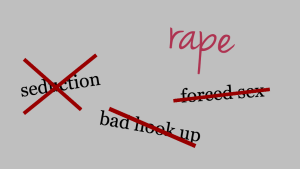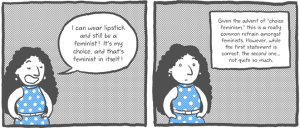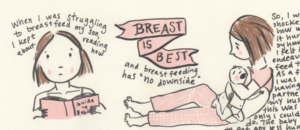Two years ago, I identified as a cisgender queer woman. I was a diehard feminist who claimed intersectionality and assimilated into white hipster culture, which meant that I was oblivious and nonchalant toward the problematic nature of my environment 99% of the time.
Around this time, I co-led a feminist organization that claimed to be open to all genders and gender-nonconforming people.
The leaders of the organization frequently tried to be as careful as possible around our language so as not to explicitly exclude anyone, but our actual marginalization of trans and gender variant people was way less of a concern.
We cared about our image and performance first, and our genuine intentions toward transforming the space for the comfort of trans and gender variant people second.
I’ve noticed this tends to happen when we aim for inclusivity – we buy into our performances. We convince ourselves that mere inclusion into inherently oppressive structures and environments is equal to radical transformation.
While the concept of inclusivity leads us away from thinking about justice through the lens of quota-based ‘diversity,’ it stops short of genuinely progressive practice.
Here’s why.
Inclusion and acceptance do not equal redistribution and reparations.
In the majority of the spaces I’ve encountered that strive for inclusion, there is a well-orchestrated (and rarely disrupted) performance that occurs.
The most structurally privileged group (be it cis or white people) has the most power, space, and resources, yet claims to be doing the work to achieve inclusivity.
“It’s a safe space!!!”
I can almost hear a cis white woman yelling at a group of brown and black trans kids while she clutches the keys to her Land Rover.
My question to everyone engaging in this performance is: Okay but who cares about inclusivity when the majority of the power still lies in the hands of the most privileged?
What are those who are “included” given besides miniature pieces of the pie and a microaggression or two?
Well, it’s 2018, and frankly, we want money, resources, and power.
Too blunt? I think I’m good. I mean, what else is there to say?
‘Inclusion’ is not enough, because it often does not involve any meaningful redistribution of power. We need to candidly address structural marginalization in this way on media platforms, in social justice organizations and workspaces, and elsewhere.
Structural redistribution is a necessary part of the reparations process.
It first involves an acknowledgment that there are people in this world who possess power and resources due to the advantages granted to them by state structures.
For example, people who are white possess social and economic power from histories of colonization and enslavement. Cis people have power in that they are recognized and affirmed in their gender by public and private institutions.
A proper understanding of structural redistribution requires one to understand that the power that these people of privilege possess is not god-given, but it is a product of human creation. It is structurally-implemented.
That said, the progressive politics of structural redistribution may mean going beyond simply making room at the table to actually giving up your seat altogether.
If I’ve learned anything in the past year, it’s that achieving justice requires all of us who possess relative degrees of privilege to question our learned standards of comfort.
Because, otherwise, the whole ideal of progressive action remains a falsified performance.
We need reparations.
If we take the concept of structural redistribution seriously, and begin to challenge our standards of comfort, we can meaningfully subvert the power structures that benefit us.
Otherwise, we will continue to be complicit.
Structural redistribution is reparations in action. It’s repairing harm from the source; it’s solving a problem from its root.
Unless platforms, companies, and organizations confront the reality that they still prioritize and affirm the lives of privileged people while they claim to embrace inclusivity and diversity, they will continue to support oppressive structures.
Confronting this reality requires serious interrogation into and concern about who exists at the center.
The opposite of marginalization is centrism. Cis-centrism, for example, involves a prioritization of cisgender people and cis-ness. If oppressive centrisms aren’t addressed, then how can anybody even begin to confront marginalization?
If cis people are still given the most material resources and cultural focus in gender justice spaces, then how can trans folks be cared for at the same time?
They can’t, unless politics aimed toward inclusivity are reconfigured toward redistribution and reparations and unless trans people are allowed to exist at the center.
This article that I wrote for Everyday Feminism discusses how marginalization is common in the LGBTQIA+ community due to the degree to which mainstream LGBT organizations prioritize and center white cisgender people.
In order to activate progressive change, mainstream LGBT organizations and other platforms focused on culture or activism need to confront the reality of who they serve most. Only then can they begin to move beyond striving for inclusivity.
[do_widget id=’text-101′]
Ayesha Sharma is a non-binary South Asian scholar and artist continually negotiating a relationship with themselves and their communities through practices of decolonization. They are most interested in literal and symbolic reclamation as an art practice, and investing themselves in community care. Ayesha has written for the Urban Democracy Lab and is published in ANTYAJAA: Indian Journal of Women and Social Change.
Search our 3000+ articles!
Read our articles about:
Our online racial justice training
Used by hundreds of universities, non-profits, and businesses.
Click to learn more





















